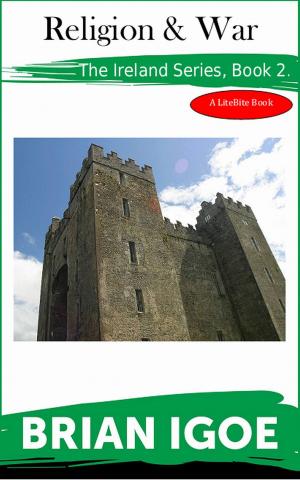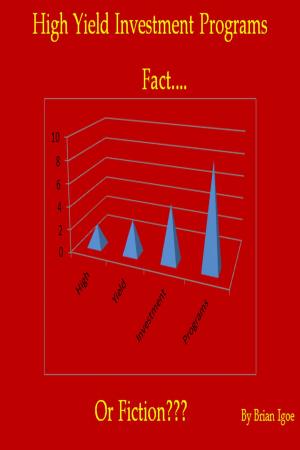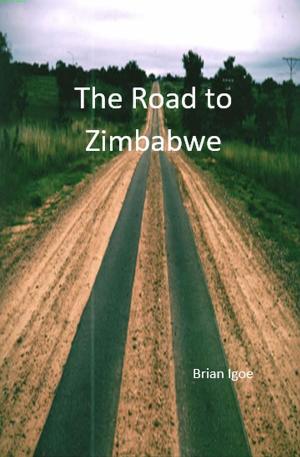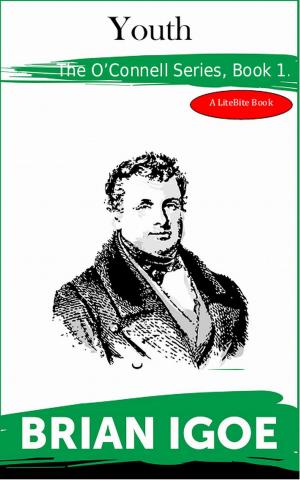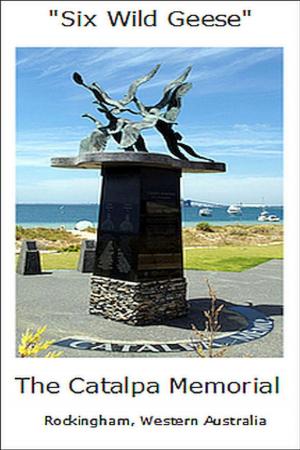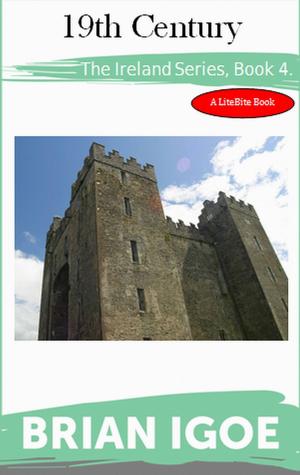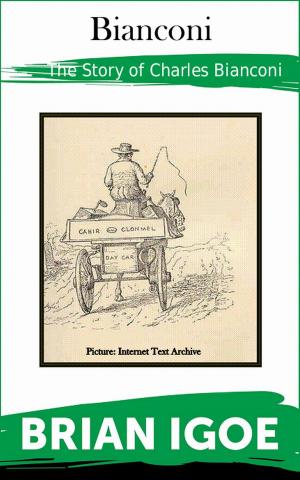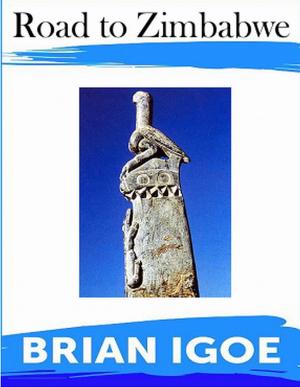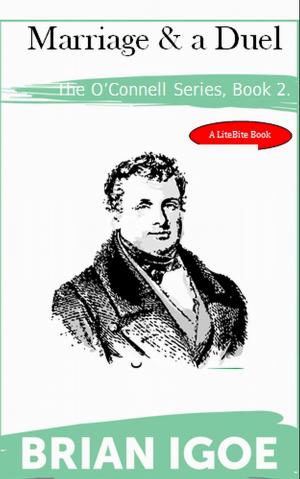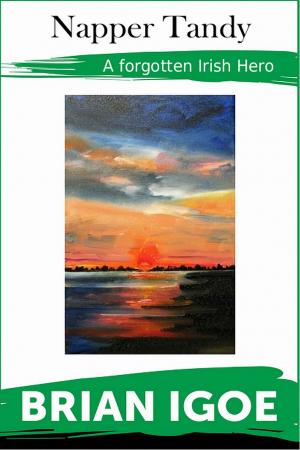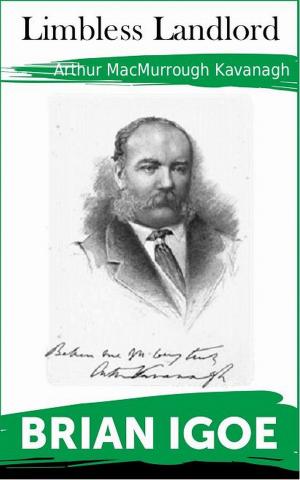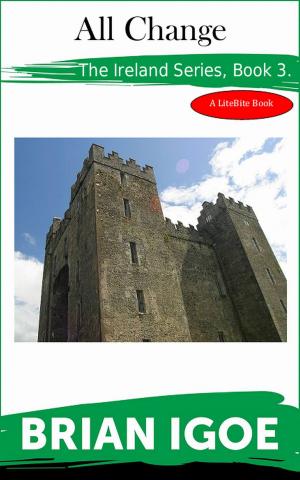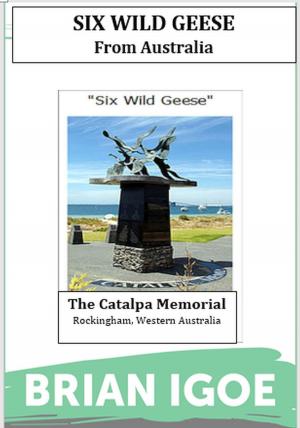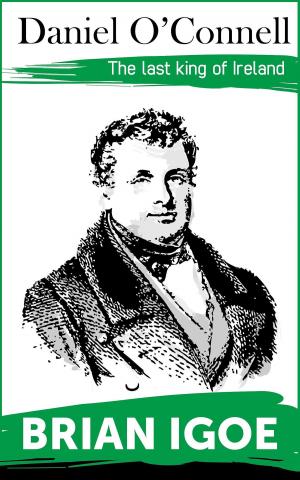| Author: | Brian Igoe | ISBN: | 9781524244729 |
| Publisher: | Brian Igoe | Publication: | September 22, 2016 |
| Imprint: | Language: | English |
| Author: | Brian Igoe |
| ISBN: | 9781524244729 |
| Publisher: | Brian Igoe |
| Publication: | September 22, 2016 |
| Imprint: | |
| Language: | English |
Oliver Cromwell has been the subject of books, learned journals, less learned articles, TV and radio programmes, countless times. He has had proponents and opponents. He has been revered and reviled, but far too seldom has he been understood. Perhaps the most scholarly of recent books on the subject is that by Dr Micheál Ó Siochrú (you might find it easier to call him Michael Sugrue) who is a Senior Lecturer in History at Trinity College Dublin. He is a specialist in Seventeenth Century Irish History which, importantly, he most often views against the backdrop of Seventeenth Century Europe. In 1649 Cromwell, whose Parliamentarians had won the English Civil War and executed the King at the beginning of the war, landed in Ireland with a huge army. This action was taken so quickly because the Irish had formed an alliance with the Royalists in Ireland and now, with the English claimant to the throne, Charles Stuart who 9 years later would famously become King Charles II. Cromwell proceeded to 'pacify' Ireland with appalling savagery - English fear of invasion from Ireland was very real, and Cromwell's Puritan hatred of Catholics equally so. Cromwell was himself in Ireland for just nine months as there were other parts of the British Isles in urgent need of 'pacification', but the English army was fighting there for four years. The Second World War only lasted for five. I have been motivated by the publication of Tom Reilly’s new book in the summer (August 2014), Cromwell was Framed, to produce a new Litebite booklet, Crumell. Like most of what I write it is aimed not at scholars but at those who have some knowledge of the subject of the book, in this case Oliver Cromwell in Ireland, and might like to know more.rs.
Oliver Cromwell has been the subject of books, learned journals, less learned articles, TV and radio programmes, countless times. He has had proponents and opponents. He has been revered and reviled, but far too seldom has he been understood. Perhaps the most scholarly of recent books on the subject is that by Dr Micheál Ó Siochrú (you might find it easier to call him Michael Sugrue) who is a Senior Lecturer in History at Trinity College Dublin. He is a specialist in Seventeenth Century Irish History which, importantly, he most often views against the backdrop of Seventeenth Century Europe. In 1649 Cromwell, whose Parliamentarians had won the English Civil War and executed the King at the beginning of the war, landed in Ireland with a huge army. This action was taken so quickly because the Irish had formed an alliance with the Royalists in Ireland and now, with the English claimant to the throne, Charles Stuart who 9 years later would famously become King Charles II. Cromwell proceeded to 'pacify' Ireland with appalling savagery - English fear of invasion from Ireland was very real, and Cromwell's Puritan hatred of Catholics equally so. Cromwell was himself in Ireland for just nine months as there were other parts of the British Isles in urgent need of 'pacification', but the English army was fighting there for four years. The Second World War only lasted for five. I have been motivated by the publication of Tom Reilly’s new book in the summer (August 2014), Cromwell was Framed, to produce a new Litebite booklet, Crumell. Like most of what I write it is aimed not at scholars but at those who have some knowledge of the subject of the book, in this case Oliver Cromwell in Ireland, and might like to know more.rs.

